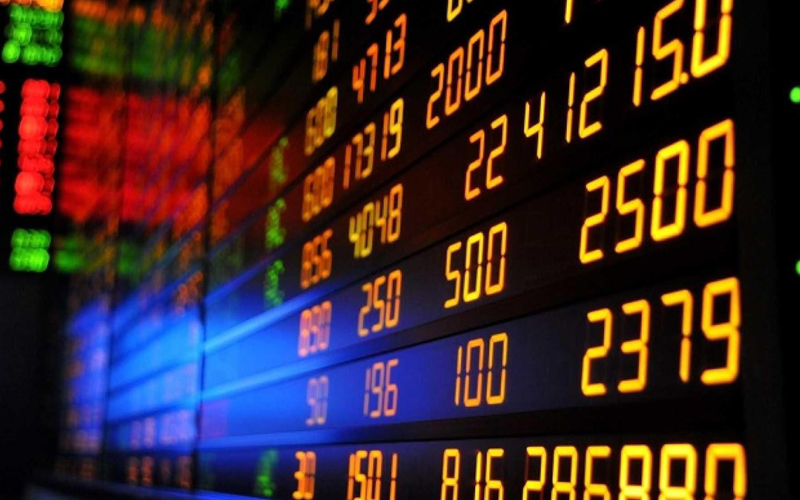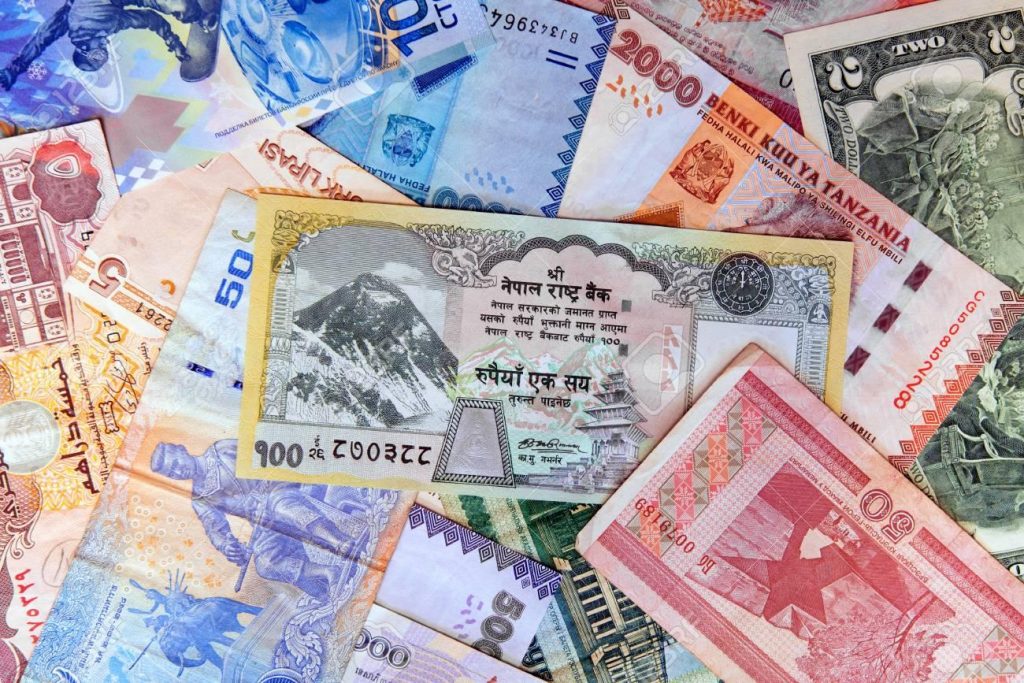
When Forex traders are looking for a different route to realize profits, they would often shift their attention from the major pairs and deal in exotic currencies instead. This portion of the Forex market is characterized by low liquidity. Speculation and hedging play important roles in exotic currency trading, but the risks can be significantly high as well.
What are exotic currencies?

In the Forex market, the major pairs are those including the United States dollar (USD) as one of the G10 currencies of the eleven industrialized economies. Whereas the USD is the most valued currency, it is closely followed by the Euro (EUR) and the British Pound (GBP).
The minor pairs are those combinations of the G10 currencies in which the USD is not present. Examples include GBP/JPY, EUR/JPY, etc.
The pairs that are neither major nor minor are considered exotics. Nevertheless, this does not indicate their low value.
A currency pair is termed exotic when it is not that popular among Forex players.
Trading strategies
Here are a few trading strategies for exotic pairs. Let us look at each of them.
Trend trading
This scheme is very popular with the Forex traders who use it to identify a trend for a particular exotic pair and then buy or sell according to the trend’s direction. This scheme is largely reliant on technical analysis, and it can supply you with the information required to assist your trading decisions while you are wagering on the price shifts.
Breakout trading
This scheme merges fundamental and technical analysis to take advantage of an instrument’s price shift after it crosses the historic resistance or support region. Forex traders often take the help of triangle, wedge, and pennant patterns during such a scenario. In this regard, you should keep in mind that not all breakouts are true, and you must confirm their existence before placing a trade based on them.
Range trading
In this strategy, you trade an exotic pair while the prices remain within the fixed resistance and support levels. A Forex player would want to make profits using the range-bound highs and lows by entering buy or sell trades. For this purpose, they can take the help of wedge and triangle patterns to verify their market forecasts.
How to trade exotic currency pairs?

When dealing with exotic pairs, it is crucial to adjust the trading volume based on the risk levels. Exotic currencies are subject to large price changes; as such, you need to have the means to shield yourself from the losses that come with a failed trade. This makes sure your account does not get emptied overnight.
The stop losses must be placed in a way that there is a fair distance between each of them. In case they are placed too tightly, you may miss out on a profitable trade due to large price fluctuations in the Forex market.
By contrast, a trade situation encompassing exotic currencies can shift significantly prior to the emergence of the final trend that might favor you. In the meantime, some of the financial news that is released frequently for major and minor pairs, like the national financial policies, may not be as easily acquired for these currency pairs.
Hence, Forex merchants dealing with such pairs must be knowledgeable enough to limit their risks. You ought to keep in mind that these pairs are correlated and may have certain instruments attached to them that you need to know about prior to placing your trades.
Benefits of trading exotic pairs
There are two major benefits of trading in exotic pairs. Let us see now how each of them works.
Higher returns
In comparison to the major and minor pairs, exotic pairs fluctuate significantly more, which translates to the possibility of higher returns. For instance, currencies such as MXN (Mexican peso) and RUB (Russian ruble) are considerably weaker than the US dollar. Thus, if you trade for the long term, you might get to witness the values of USD/MXN and USD/RUB increasing.
While many traders consider the USD/RUB pair to be unstable because of its dependency on oil prices, seasoned players know how valuable a commodity oil is. Although the market is prone to fluctuations, the value of oil is bound to rise eventually, and this leads to the strengthening of the RUB. Thus, by exploiting the wide fluctuations, experienced Forex players can make huge profits while trading in exotics.
Low competition
In a way, the shortage of demand for these currency pairs might be a blessing. Since there are not too many traders dealing in these currencies, you can factor out the influence of spontaneous demand growth.
Risks involved in trading exotic pairs
These are various risks involved in exotic currency trading, and the advantages can easily become disadvantages when improperly managed. These are the risk factors you should pay close attention to trading in exotics:
- Scarcity of knowledge. There are several macroeconomic conditions influencing the prices of exotic currencies that cannot be tracked easily. This scarcity of knowledge essentially means your risks are much higher.
- Low liquidity. The rates for these dealings are more or less fixed since the majority of them are carried out by financial institutions.
- High volatility: In case there are some major political events in a country, its currency may fluctuate unpredictably, and even seasoned traders find these changes hard to predict.
- Low accuracy: Since exotic pairs feature low liquidity, you will have a hard time finding success using technical indicators. Trading signals cannot be reinforced due to the lack of order flow, and this brings down the accuracy substantially.
Final words
Trading in exotic pairs can bring you large profits only if you have the required knowledge and you are confident enough to place your trades in such a volatile market. Many Forex players resort to day trading and extract gains from tiny price shifts in order to limit their risks.







Leave a Reply